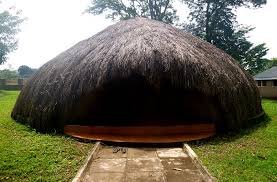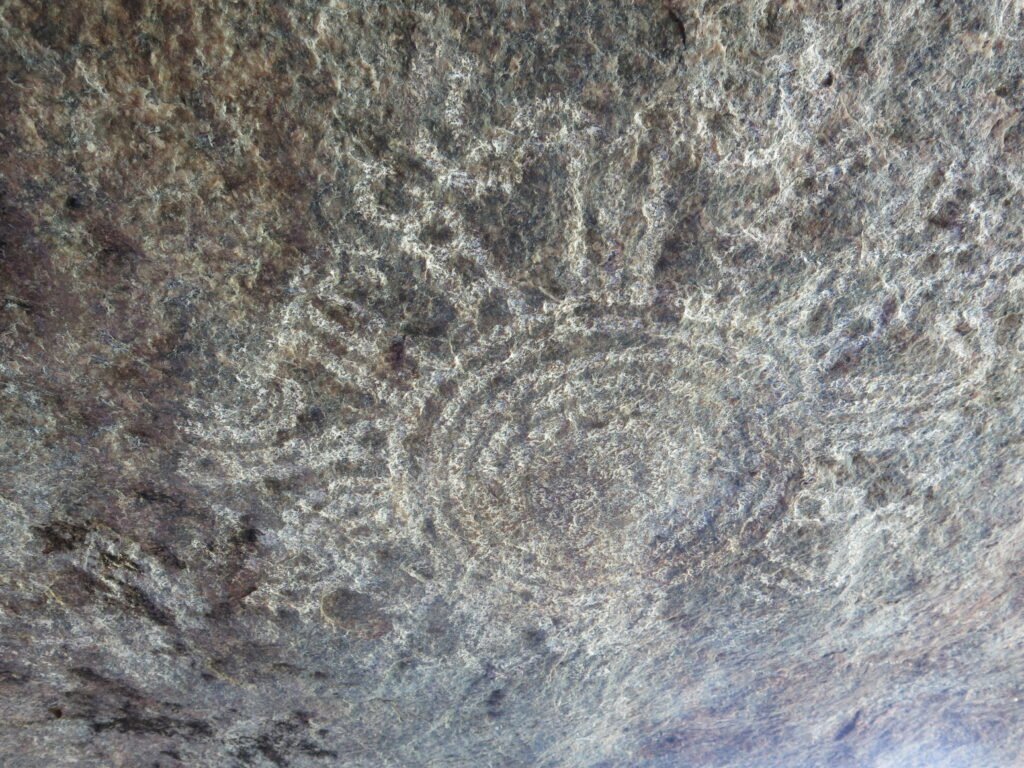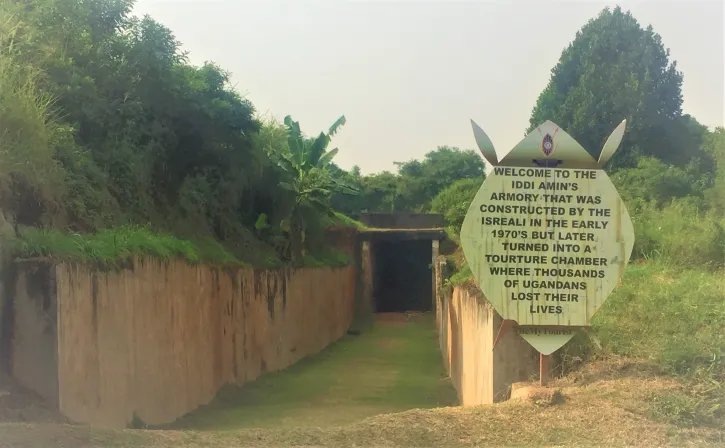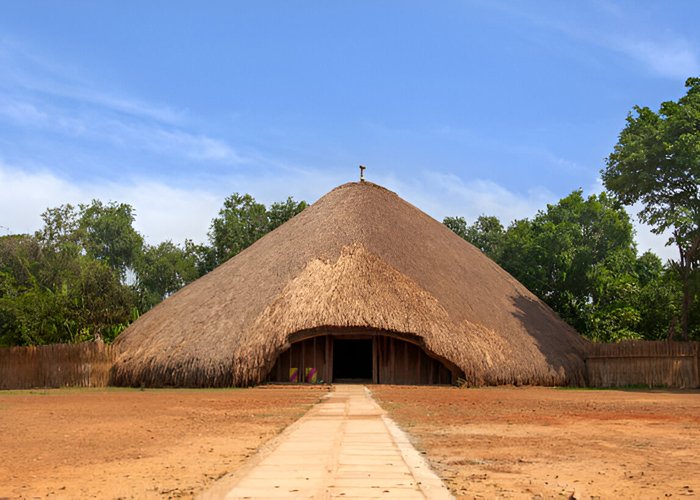Uganda, known as the “Pearl of Africa,” is not only famous for its stunning landscapes and rich biodiversity but also for its deep cultural heritage and historical significance. The country’s diverse cultures and long history are reflected in its many historical sites, which offer a glimpse into Uganda?s past and its vibrant traditions. This blog explores Uganda?s cultural heritage by highlighting must-see historical sites that every traveler should visit.
Introduction to Uganda’s Cultural Heritage
Uganda is a melting pot of cultures, with over 50 distinct ethnic groups, each contributing to the country’s rich cultural tapestry. From ancient kingdoms to colonial history and post-independence struggles, Uganda?s past is both fascinating and complex. Visiting these historical sites provides insight into the traditions, beliefs, and stories that have shaped the nation.
1. Kasubi Tombs

The Royal Burial Grounds of the Buganda Kings
The Kasubi Tombs, located in Kampala, are one of Uganda?s most significant cultural sites. This UNESCO World Heritage site is the burial place of the Kings (Kabakas) of Buganda, one of the most powerful kingdoms in Uganda’s history. The tombs are housed in a traditional Ganda structure known as a “Muzibu Azaala Mpanga,” made entirely of organic materials like wood, thatch, and reeds.
Significance and Visitor Experience
The site is not only a burial ground but also a spiritual and cultural hub for the Baganda people. Visitors can learn about the Buganda Kingdom’s history, its kings, and the cultural practices associated with royal burials. The intricate architecture and sacred rituals offer a deep connection to Uganda?s past.
2. Fort Portal and the Tooro Kingdom Palace

A Gateway to Western Uganda?s Cultural Heartland
Fort Portal, named after Sir Gerald Portal, a British colonial administrator, is the gateway to the Tooro Kingdom, one of Uganda?s traditional monarchies. The Tooro Kingdom Palace, located in the heart of Fort Portal, is a symbol of the kingdom’s resilience and cultural pride.
Discover the Tooro Kingdom
Visitors to the palace can explore the history of the Tooro Kingdom, which has maintained its cultural identity despite the pressures of modernization. The palace offers panoramic views of the Rwenzori Mountains, adding to the allure of this cultural site. Inside the palace, the traditional regalia, royal artifacts, and historical narratives provide a comprehensive understanding of the Tooro people’s heritage.
3. The Uganda Museum

A Treasure Trove of Uganda?s History
The Uganda Museum in Kampala is the oldest museum in East Africa, established in 1908. It houses an extensive collection of ethnographic, historical, and archaeological artifacts that tell the story of Uganda from prehistoric times to the present day.
Exhibits and Learning Opportunities
The museum?s exhibits include traditional musical instruments, hunting tools, fossils, and items from various ethnic groups in Uganda. There is also a cultural village that showcases different types of traditional homes. The Uganda Museum is an essential stop for anyone interested in understanding the diverse cultures and history of the country.
4. Mparo Tombs

Resting Place of the Bunyoro Kings
Mparo Tombs, located in Hoima District, are the royal burial grounds of the kings (Omukamas) of Bunyoro-Kitara, one of Uganda?s oldest kingdoms. The site is the final resting place of King Kabalega, a prominent ruler known for his resistance against British colonial rule.
Exploring Mparo Tombs
Visiting Mparo Tombs provides insight into the Bunyoro Kingdom?s history and the legacy of King Kabalega. The tombs are surrounded by traditional shrines and are still used for cultural rituals and ceremonies. This site offers a unique perspective on Uganda?s resistance to colonization and the preservation of traditional leadership.
5. The Nyero Rock Paintings

Ancient Art in Eastern Uganda
The Nyero Rock Paintings, located in Kumi District, are among the most famous and well-preserved rock art sites in Uganda. These ancient paintings date back to the Iron Age and are believed to have been created by the ancestors of the Iteso people.
Significance of the Nyero Rock Paintings
The paintings depict geometric shapes, animals, and human figures, offering a glimpse into the lives and beliefs of early inhabitants of the region. The Nyero Rock Paintings are not only an important archaeological site but also a cultural treasure that highlights Uganda?s prehistoric past. Visitors can explore the rock shelters and marvel at the artistry that has survived for thousands of years.
6. Idi Amin?s Torture Chambers at Lubiri

A Dark Chapter in Uganda?s History
Located within the Lubiri (Mengo Palace), the former seat of the Buganda Kingdom, are the infamous torture chambers used by Idi Amin, one of Uganda?s most notorious dictators. These chambers serve as a stark reminder of the brutal regime that ruled Uganda in the 1970s.
Understanding Uganda?s Political History
A visit to Idi Amin?s torture chambers is a sobering experience, offering a look into Uganda?s turbulent political past. The chambers are part of a guided tour that includes the history of the Buganda Kingdom and the impact of Amin?s rule on the country. This site is a must-see for those interested in understanding the darker aspects of Uganda?s history.
7. The Source of the Nile

The Lifeblood of Africa
The Source of the Nile, located in Jinja, is not only a geographical landmark but also a site of great historical and cultural significance. The Nile River has played a central role in the history and development of the civilizations that lived along its banks.
Cultural Significance and Visitor Experience
The Nile is considered sacred by many cultures in Uganda and beyond. Visiting the Source of the Nile offers an opportunity to learn about the river?s importance in trade, religion, and daily life. Boat rides on the Nile provide stunning views and a chance to reflect on the river?s role in connecting cultures across Africa.
Conclusion
Uganda?s cultural heritage is rich and diverse, offering travelers a deep and immersive experience. From the royal tombs of ancient kingdoms to the haunting remains of political turmoil, these historical sites tell the story of Uganda?s past and its resilience. Whether you are a history buff, a culture enthusiast, or simply curious about the roots of this vibrant nation, these must-see historical sites in Uganda are sure to leave a lasting impression.
Plan your visit to Uganda and explore these cultural treasures, where history comes alive and the stories of the past continue to inspire the present. Each site offers a unique window into the heart of Uganda, making your journey through this remarkable country all the more meaningful.


